Reclaimed wood DIY projects
It’s been a bit of a trend in the DIY world for a long time but I still love working with reclaimed in my projects. Nothing beats the variation in colour and texture that reclaimed wood can bring to a DIY project.
Apart from looking awesome using reclaimed wood is also good for the environment.
What is reclaimed wood?
Reclaimed wood generally refers to wood that has been salvaged or repurposed from its original use. It can be sourced from various places, including old buildings, barns, factories, and often, shipping pallets. The main characteristic that sets reclaimed wood apart is its history and previous use, giving it a unique and weathered appearance.
I’ve gathered up a bunch of great reclaimed wood DIY projects you can create using reclaimed wood.
Super market board – Funky Junk Interiors

Phone station shelf – Funky Junk Interiors
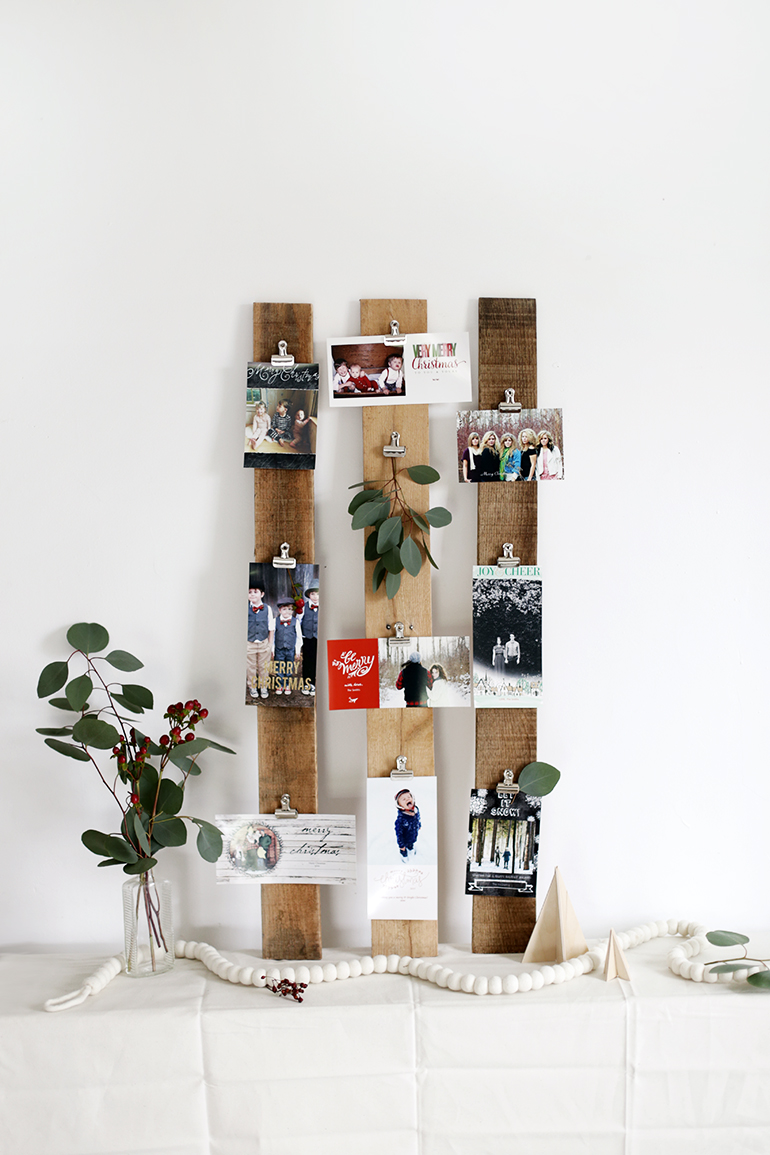
Card display – A Merry Thought

Barn wood frame – A Piece of Rainbow
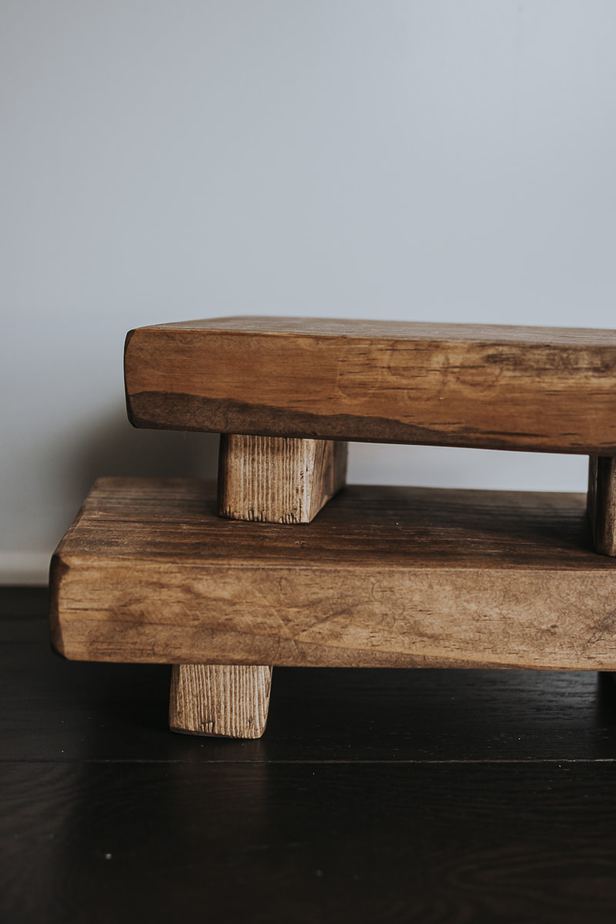
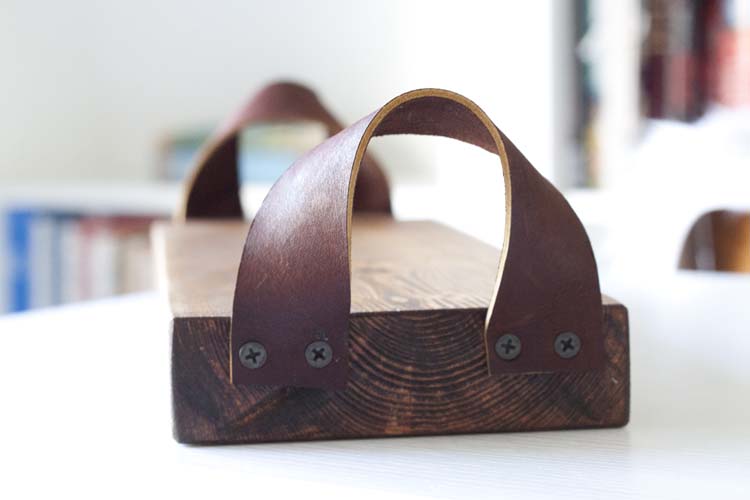
DIY Rustic Leather Handle Tray – Southern Revival

Aged Breadboards – Nadine Stay
Why choose reclaimed wood for your project.
People choose to work with reclaimed wood over virgin wood for several reasons. Here’s a few thoughts on why you might choose reclaimed wood for your next DIY project.
History
Reclaimed wood often has a rich history generally coming from structures that are no longer in use. This can include old barns, factories, warehouses, or even sunken logs in rivers. Also, it can add some real meaning to a project if you know the wood has been repurposed from a particular place.
Sustainability
Using reclaimed wood is considered an environmentally friendly practice because it repurposes existing materials rather than harvesting new trees. This helps to reduce the demand for fresh timber and minimises the environmental impact associated with logging.
Character and Patina
Because these pieces of timber have lived already they will naturally be a bit worn and weathered. Of course, the aging process gives reclaimed wood a distinctive character and patina that can’t really be replicated with new wood. It may have knots, nail holes, saw marks, and other imperfections giving your DIY project some extra character and charm.
Types of Reclaimed Wood
Any kind of wood can be reclaimed. Specifically oak, pine, chestnut, and more. The type of wood and its source will of course contribute to the unique appearance of the reclaimed material.
Uses
Reclaimed wood is popular for a variety of applications, including furniture, flooring, wall panelling, and decorative accents. It is often used in interior design and construction projects to add a rustic or vintage aesthetic.
Milling and Processing
Once reclaimed wood is salvaged, it sometimes undergoes milling and processing to prepare it for its new purpose. This may involve cleaning, removing nails, and sometimes re-sawing or plaining to create smooth, usable surfaces.
Other times you may be able to purchase the wood in its rough and raw state.
Which is right for you really just depends on what you intend of using the wood for and what kind of aesthetic you want for your finished piece.
Quality and Durability
While the quality of reclaimed wood can vary, it is often prized for its durability. Older growth trees used in historical structures may produce wood with tighter grain patterns and greater density, making it exceptionally robust.
Cost
Reclaimed wood can be more expensive than new wood due to the labour-intensive process of salvaging, processing, and preparing it for reuse. However, its unique character and sustainable qualities contribute to its appeal.
In summary, reclaimed wood is a recycled and repurposed material that not only adds a touch of history and uniqueness to projects but also aligns with environmentally conscious practices by reducing the demand for new timber resources.


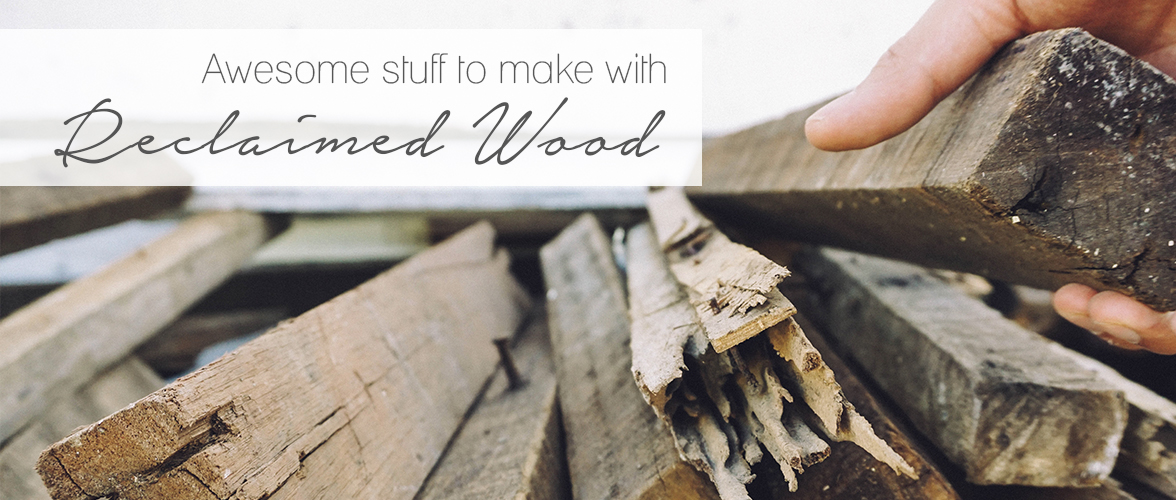


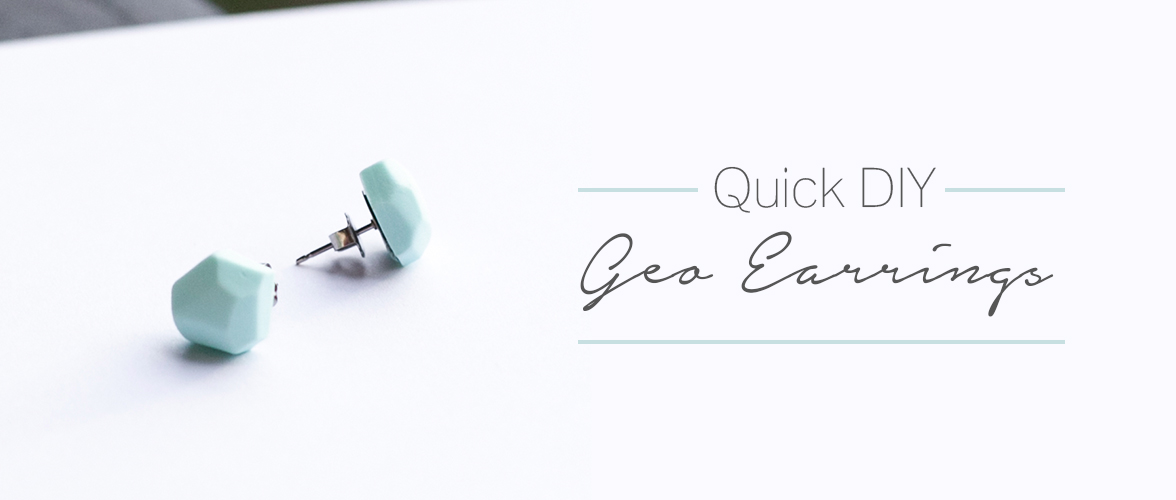
-0 Comment-